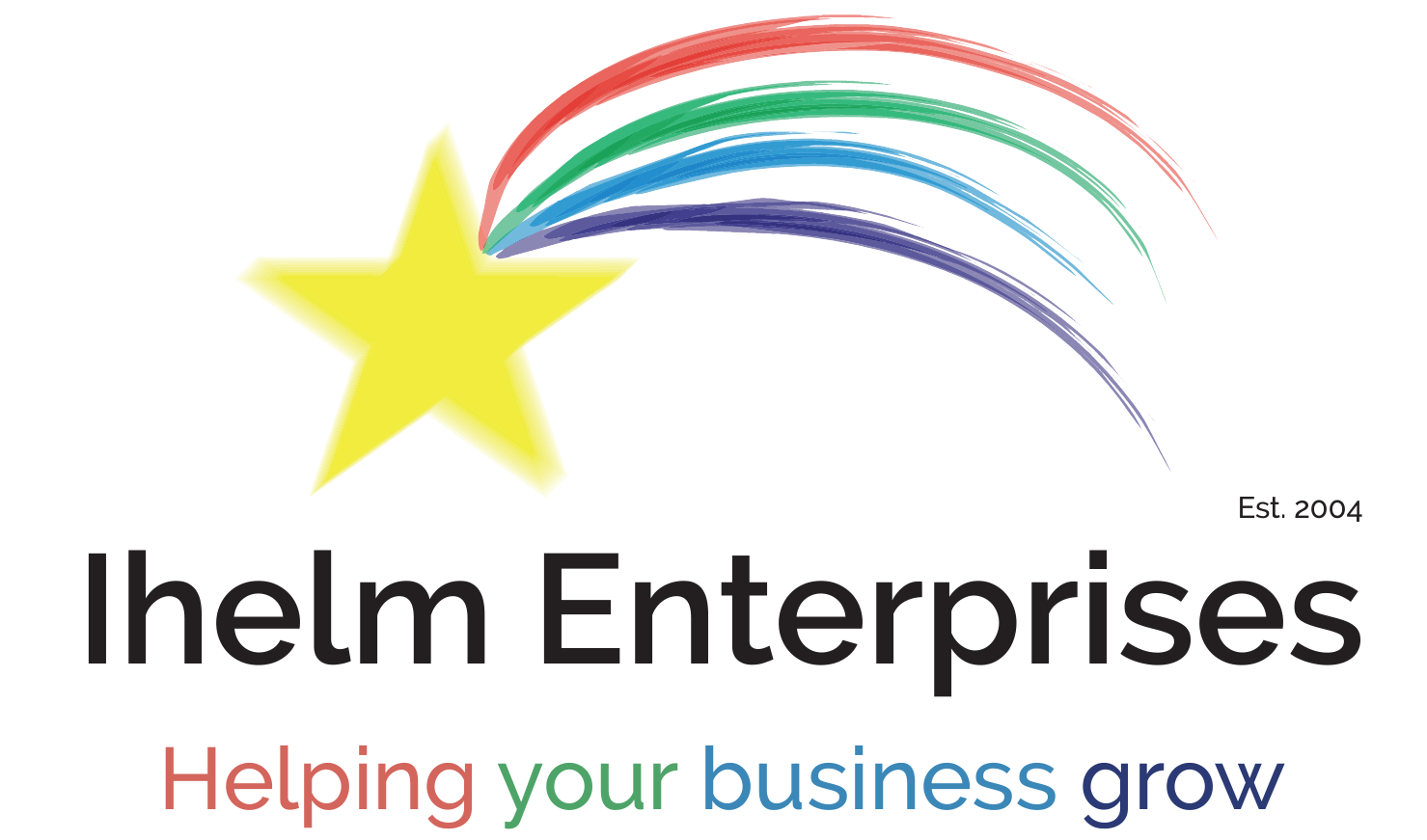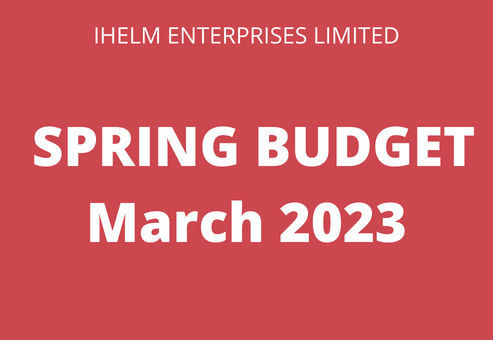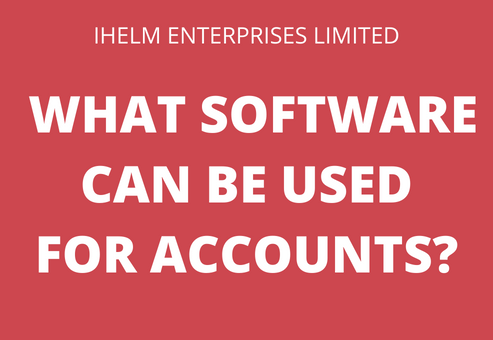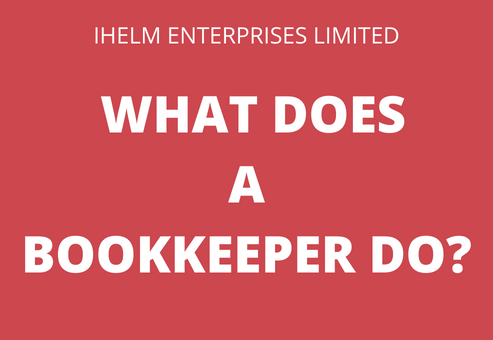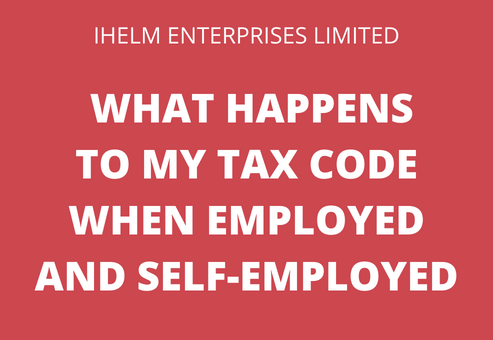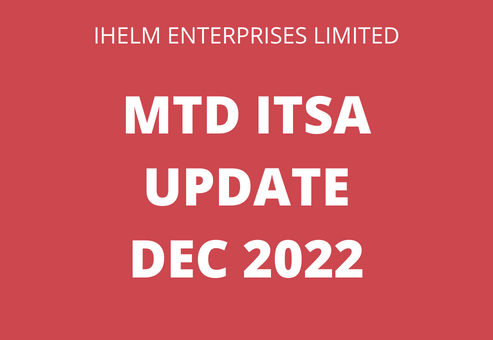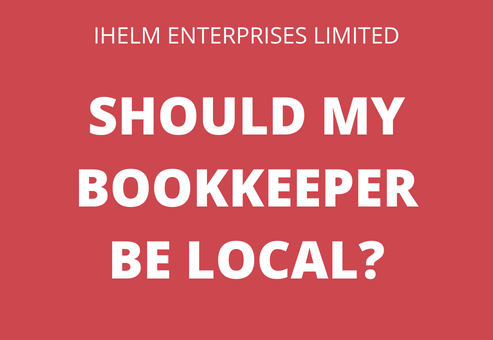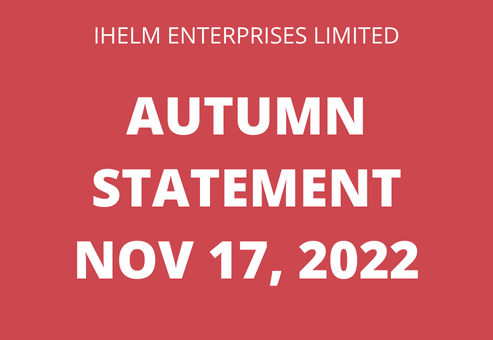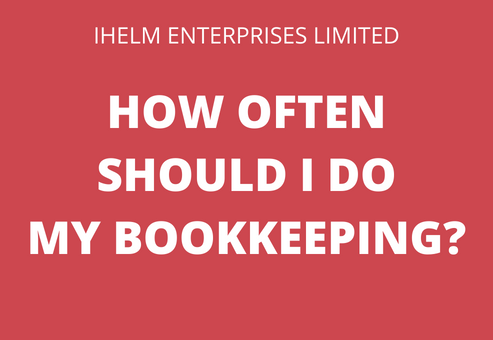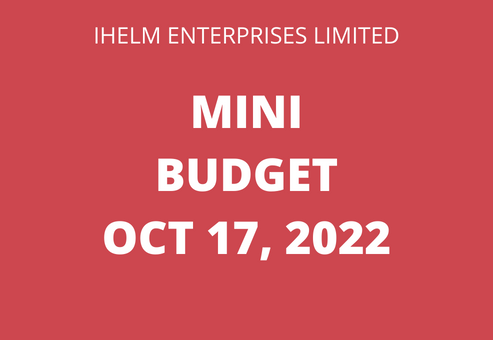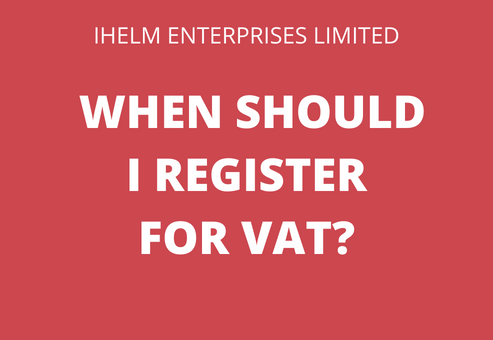During this month’s Facebook Live, I talked about VAT – specifically about when you should register for VAT.
Before I talk about when you should register for VAT, I want to start by explaining what VAT is.
VAT is a value-added tax that is charged on almost everything you buy within the UK. When you buy something in the UK, whether it’s in a shop or online, the price displayed will likely include VAT. If the price doesn’t include VAT, it will state that the price is excluding, or is exclusive of, VAT. Not all products/services have the same VAT rate, and it is important that businesses know what VAT rate they should be charging on their products/services.
VAT only affects the consumer in terms of the price they pay for the products/services. However, if you are a business, it can create additional work for you and the records you need to keep. All VAT-registered businesses must track the VAT they charge and pay, submit their returns to HMRC on a regular basis, and then pay them the VAT that is owed. It is very important to know that the VAT that is charged on your sales does not belong to you – it is a tax that you are collecting on behalf of HMRC.
When do I need to register for VAT?
The majority of businesses won’t need to register for VAT unless they expect their income (total sales that are not VAT exempt) to reach the VAT threshold in the next 30-day period or they met the threshold during the last 12 months. The current threshold as of 09/09/2022 is £85,000 and it will remain at that amount until 31/03/2024. It is calculated on a rolling 12-month period, so you need to be aware of what value your sales are at continuously so you can register if you need to. Once you reach the threshold, you will have 30 days after the end of the month in which you reached that threshold, to register with HMRC.
Some businesses may also need to register for VAT even if they are not based in the UK, but sell goods/services to the UK. In that instance, they are classed as a non-established-taxable-person and must register for VAT. There is more information on NETPs on the government website.
It is also possible to register for VAT voluntarily if your turnover is less than £85,000. I would advise that you speak with an accountant or tax adviser before registering for VAT voluntarily to ensure doing so would benefit your business.
As soon as you notice that your income has gone over the VAT threshold, you must register within 30 days of the end of the month that you went over the threshold. If you notice that your income is likely to go over the VAT threshold during the next 30 days, you need to register for VAT by the end of that 30-day period.
You may need to pay a fine if you are late registering for VAT, and you will also be liable to pay any VAT on the sales you’ve made since the date you needed to register.
What happens once I register?
When you register for VAT, you will be asked which scheme you will be using as there are several different VAT schemes. The main ones are the Accrual scheme where you would record the VAT for all your sales and purchases as of the invoice date, the Cash VAT scheme where you would record the VAT for all of your sales and purchases as of the date they were paid, and the Flat Rate Scheme which is where the amount of VAT a business pays is a fixed rate and is only based on your sales.
You can register for VAT online through the government website.
Once you have completed the registration, you will receive your VAT registration number from HMRC which you must display on all your invoices and sales receipts that you issue to your customers. You will also receive information about when to submit your first return and payment, as well as a VAT registration certificate which confirms your registration date and number. This information will be accessible in your online VAT account but may be sent to you in the post depending on how you registered.
After you have received your VAT registration number, you can start to charge VAT on your sales. There are several legal requirements you must meet as soon as you have registered:
- you must record the VAT on your sales and purchases
- add VAT to your prices
- file your VAT returns as instructed and pay any VAT due to HMRC
- keep digital VAT records and a VAT account
- ensure that you are charging the correct VAT rate on all products/services that you sell.
The amount of VAT you will pay to HMRC each time you submit your VAT return will depend on which scheme you are using and whether you charged more VAT on your sales than you reclaimed on your purchases. If you are using accounts software like QuickBooks Online, you will be able to see how much VAT you will owe at any point in time based on the information entered into your accounts.
As the VAT portion of your sales and purchases doesn’t belong to you and is owed to HMRC, it is a good idea that you set up a business savings account so that you are holding back 10-15% of the amount you are paid for sales, and you will then be able to pay any VAT you owe to HMRC. Normally, you would charge your customers 20% VAT which is the standard rate, but you would also have purchases that you have paid VAT on, so by setting aside 10-15% of the amount you are paid for sales, you won’t then be scrambling at the end of each quarter to find the money to pay HMRC as you will have saved at least some of what you may owe to them.
The frequency that you must file your VAT return and when by will depend upon the scheme you are using and when you registered. Usually, it is once every quarter, and you will have 1 month plus 7 days to file and pay your return. For example, if you had to file a VAT return that covered April to June, you would have until August 7th to file the return and pay any amount due to HMRC.
What else do I need to know?
HMRC have many pages about the different VAT rates and how to treat items, so you can read about the different rules on there. If you are VAT registered, it is a good idea to have an accountant who can help you to know how to deal with anything that does not follow the standard VAT rules, especially if you are dealing with importing/exporting products with the EU.
Even though I am a bookkeeper and understand the fundamentals of VAT and how it is to be dealt with, some areas like dealing with importing/exporting products with the EU are quite specialist areas, so I always work closely with a client’s accountant to make sure we are recording the information within the accounts correctly.
If you would like further information about why having a bookkeeper helps you with your business, or when you should hire one, feel free to e-mail me.
